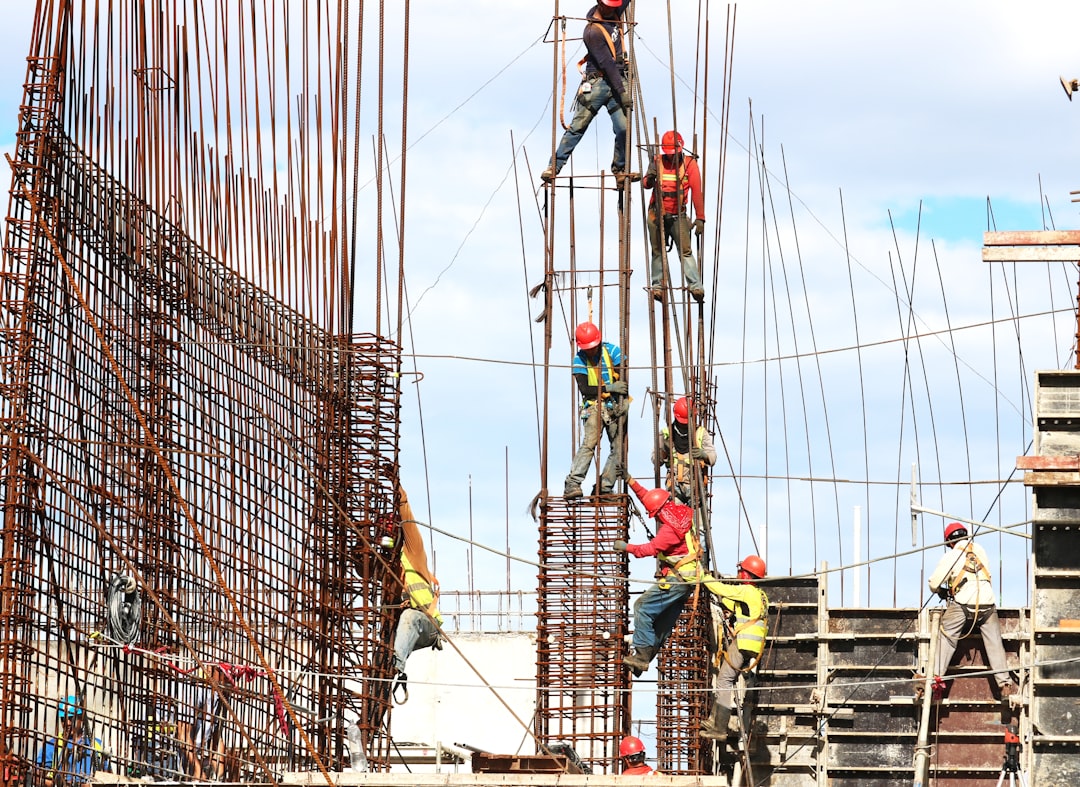In the realm of construction, concrete formwork plywood plays a crucial role in shaping structures that stand the test of time. Over the years, various types of plywood have been used for this purpose, each with its unique characteristics and benefits. In this article, we delve into the history and evolution of concrete formwork plywood, from the humble beginnings of MDO panel with film backer to the modern innovation of phenolic plywood.
Early Days: MDO Plywood Emerges
The story of concrete form ply dates back to the introduction of Medium Density Overlay (MDO) plywood. MDO plywood, with its film backer, gained popularity due to its durability and smooth surface finish. This type of plywood quickly became a favorite among contractors and builders for its ease of use and reusability in concrete formwork.
Benefits of MDO Panel with Film Backer
The MDO panel with a film backer not only provides a smooth finish to the concrete but also offers resistance to moisture and wear. Its surface allows for easy release of the concrete once it sets, making the formwork process efficient and cost-effective.
The Innovation Continues: Film Faced Plywood
As the construction industry evolved, so did the materials used in concrete formwork. Film faced plywood emerged as a game-changer in the realm of form ply. This type of plywood, coated with a layer of phenolic film, offered enhanced durability and protection against the elements.
Exploring the World of Phenolic Plywood
Phenolic plywood, known for its water and chemical resistance properties, soon became a preferred choice for concrete formwork applications. The film faced surface of phenolic plywood not only ensures a smooth concrete finish but also prolongs the lifespan of the formwork, making it a cost-effective investment for construction projects.
Through technological advancements and innovation, the construction industry witnessed a shift towards using phenolic plywood for concrete formwork applications. Its superior quality and performance continue to set new standards in the field of construction.
Modern-Day Marvel: Phenolic Plywood Takes Center Stage
Today, phenolic plywood stands as a testament to the evolution of concrete formwork materials. Its unparalleled strength, durability, and resistance to various external factors make it a top choice for construction projects worldwide.
Whether it's creating intricate architectural designs or building robust structures, phenolic plywood offers the versatility and reliability that construction professionals seek in their formwork materials.
Choosing the Right Form Ply for Your Project
When it comes to selecting the right concrete form plywood for your project, factors such as durability, finish quality, and reusability play a significant role. By understanding the evolution of form ply materials, you can make an informed decision that aligns with the requirements of your construction projects.
Looking Towards the Future: Innovations in Concrete Formwork
As technology continues to advance, so does the realm of construction materials. New innovations and materials are constantly transforming the way we approach concrete formwork, making the process more efficient, sustainable, and cost-effective.
By staying updated on the latest trends and advancements in formwork materials, builders and contractors can elevate their construction projects to new heights, ensuring quality results and long-lasting structures.
Embracing Change in Construction
In a world where innovation drives progress, the evolution of concrete formwork materials stands as a testament to the ever-changing landscape of construction. From the early days of MDO panel with film backer to the modern marvel of phenolic plywood, the journey of form ply materials mirrors the continuous evolution of the construction industry.
Embrace the advancements, explore the possibilities, and pave the way for a future where construction meets innovation head-on.

